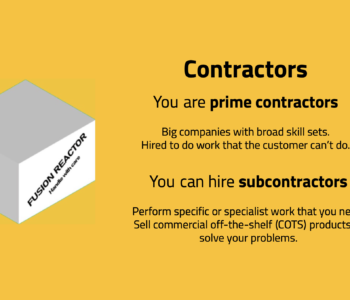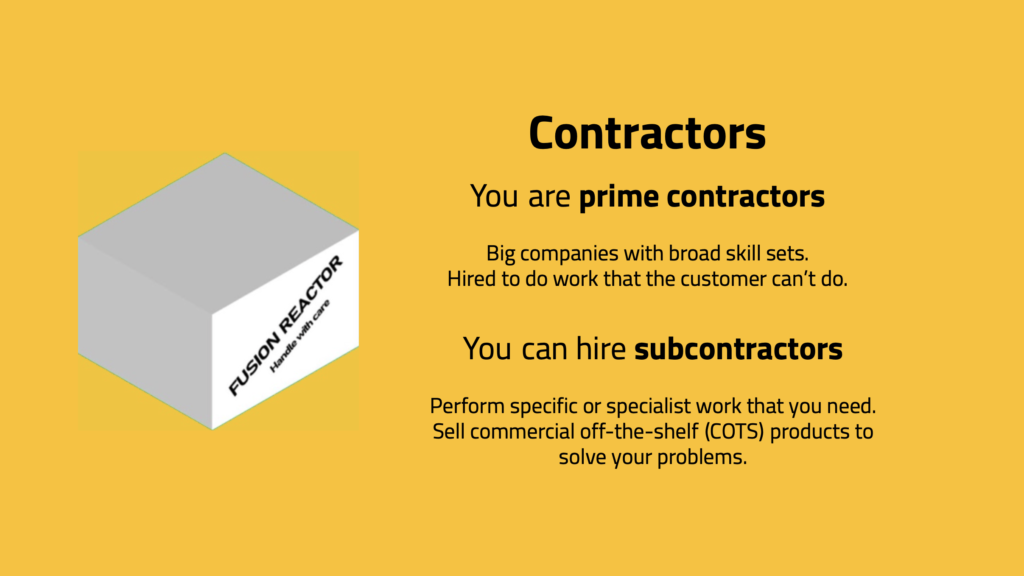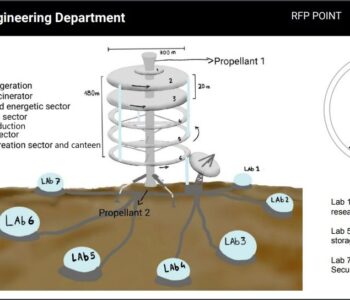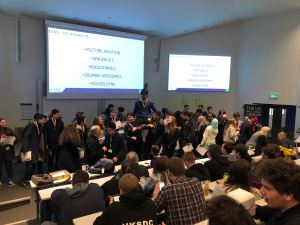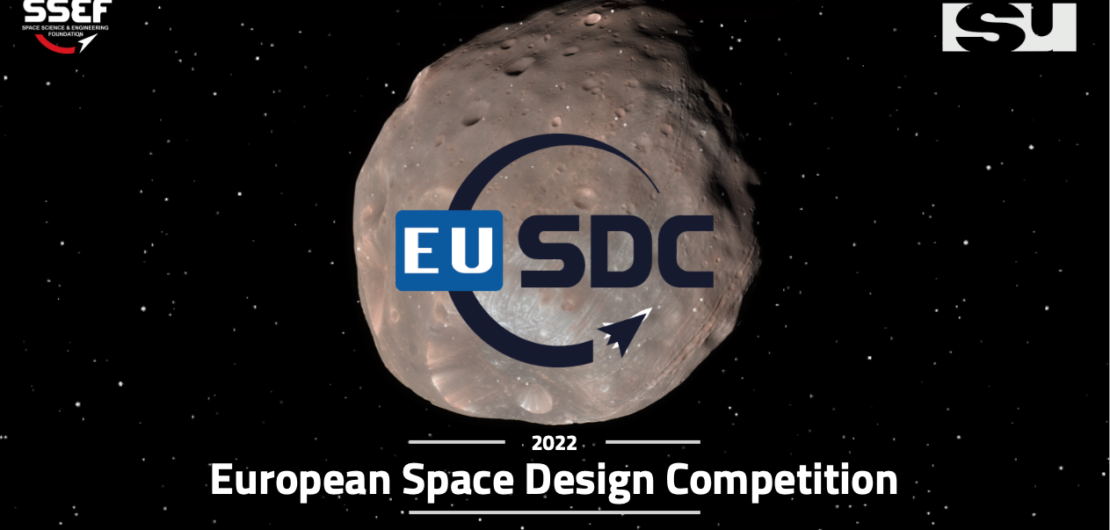 EUSDC
EUSDC
EUSDC 2022 & ISSDC Qualifiers
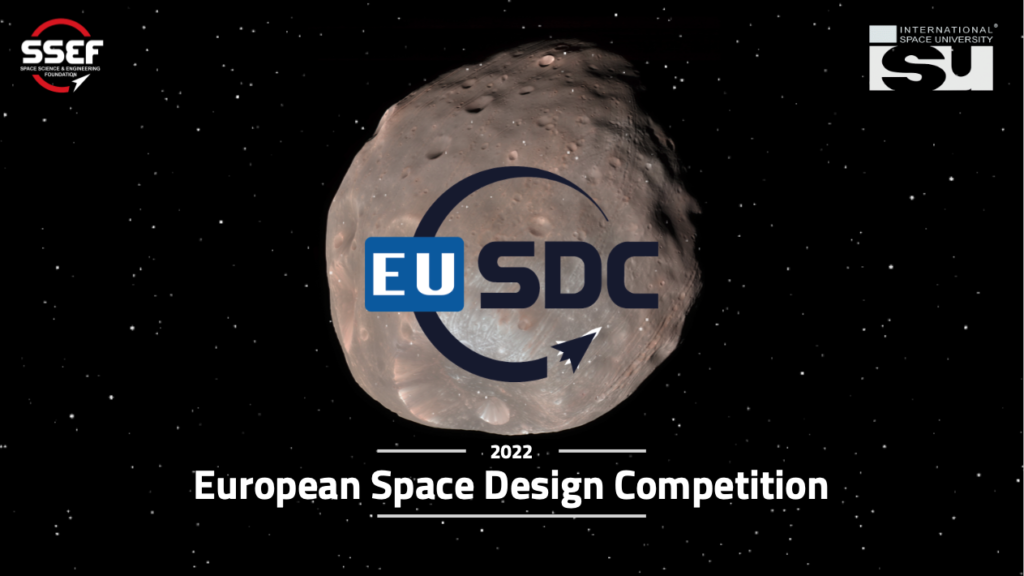
Congratulations and well done to all participants of the second continent-wide European Space Design Competition, EUSDC 2022!
57 dedicated participants, 7 European Nations, 6 competing companies, 7 invaluable volunteers.
The challenge presented to Kepler Automation (KA), Olympus Mons Trading Company (OMTC), and Earhart Advanced Industries (EAI) was to design Aesop, a highly modular and modifiable inhabitable hub to house humanity’s artefacts and works of art. It was to be constructed on Mars’ moon, Phobos. The purpose? To be the cultural hub of the solar system.
The incredible efforts put in by all across the three companies has made judging an exceptionally difficult task and the EUSDC team is immensely proud of the quality of work produced. Alas, one company must be selected as the champions of the competition. This year, the title of the EUSDC winning company is Earhart Advanced Industries. Well done to all 20 participants for convincing the judges with your winning design proposals!
| Guillermo Baselga Gómez
President |
Luciano Francesco Galizia
Structures |
| Rodrigo Caseiro
Vice President — Engineering |
Rawan Ehab Almafraji
Structures |
| Sara Filipe
Vice President — Marketing & Sales |
Samuele Artico
Structures |
| Pablo Asenjo Gonzalez
HoD Structures |
Teresa Correia
Structures |
| Joana da Conceição Ferreira Piçarra
HoD Operations |
Antonio Crisalli
Operations |
| Carlos Atienza González
HoD Human Factors |
Emanuele Cravero
Operations |
| Juan Barbas Anta
HoD Automations |
Mercedes Andrea
Operations |
| Lucía Barbas Anta
Human Factors |
Tatiana Coreniuc
Operations |
| Maria Leonor de Almeida Marinho
Human Factors |
Sergio Barbas Vázquez
Automations |
| David Díaz Gutiérrez
Structures |
Gonzalo Burgos
Automations |
From all participants, only 12 entrants can qualify for the NASA World Finals this summer. From 29 July – 1 August 2022, qualifiers from around the world will gather in person at NASA’s Kennedy Space Center to take part at the 2022 International Space Settlement Design Competition (ISSDC). There will be no digital hosting element to this year’s ISSDC and therefore all qualifying participants must attend in person.
The following 2 individuals have already been selected as the Golden Ticket recipients at the Italy and Portugal Nationals:
| Luigi Trucco
ITSDC — KA — VPE |
Bernardo Rodrigues
PTSDC — KA — President |
Through a rigorous selection process, the EUSDC is proud to congratulate the following 9 students who will be qualifying from the EUSDC and representing Europe at this year’s ISSDC! The 12th and final position is being reserved for a National competition scheduled for May.
| Guillermo Baselga Gómez
EAI — President |
Joana da Conceição Ferreira Piçarra
EAI — HoD Operations |
| Sara Filipe
EAI — VP Marketing & Sales |
Sergio Barbas Vázquez
EAI — Automations |
| Pablo Asenjo Gonzalez
EAI — HoD Structures |
Traditionally, participants with the highest number of votes from the challenging companies join the representatives of the winning company. In recognition of their outstanding effort, the following students have been selected:
| Ivan (Valerie) Kamberov
KA — HoD Operations |
Roberto Gurnari
KA — Human Factors |
| Marta Vasconcelos
OMTC — President |
Pablo Gutiérrez Izquierdo
OMTC — Structures |
The following individuals have been selected as the ISSDC 2022 reserves in the stated order:
| Marta Isola
KA — Operations |
| João Lourenço
KA —VP Enginering |
| Rodrigo Caseiro
EAI — VP Enginering |
Once again, congratulations! Not only to the ISSDC qualifiers, but to all taking part for making this year’s edition of the EUSDC a memorable and educationally valuable event. Special thanks to International Space University for your constant support in outreach and your enthusiasm for the competitions, and to all the volunteers across the entire EUSDC journey for supporting us.
If you have been inspired to join our journeys or our EUSDC family, do not hesitate to get in touch or register yourself as a volunteer. We’d love to have you on board.
Watch this space!
